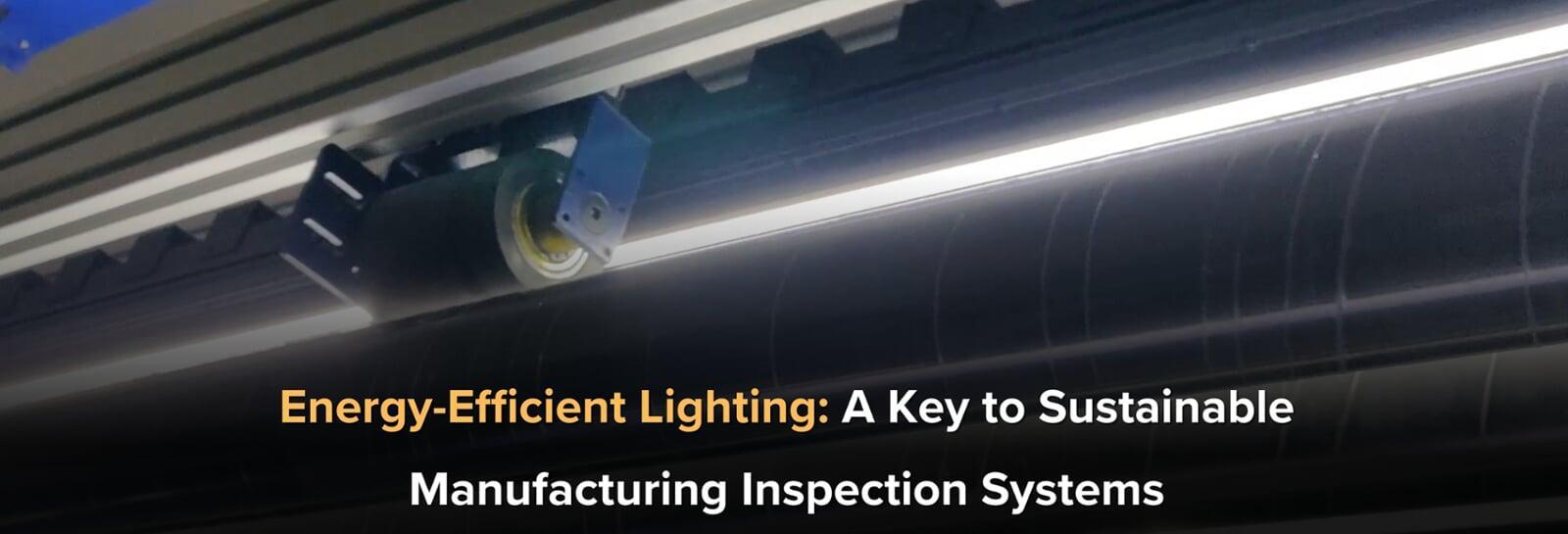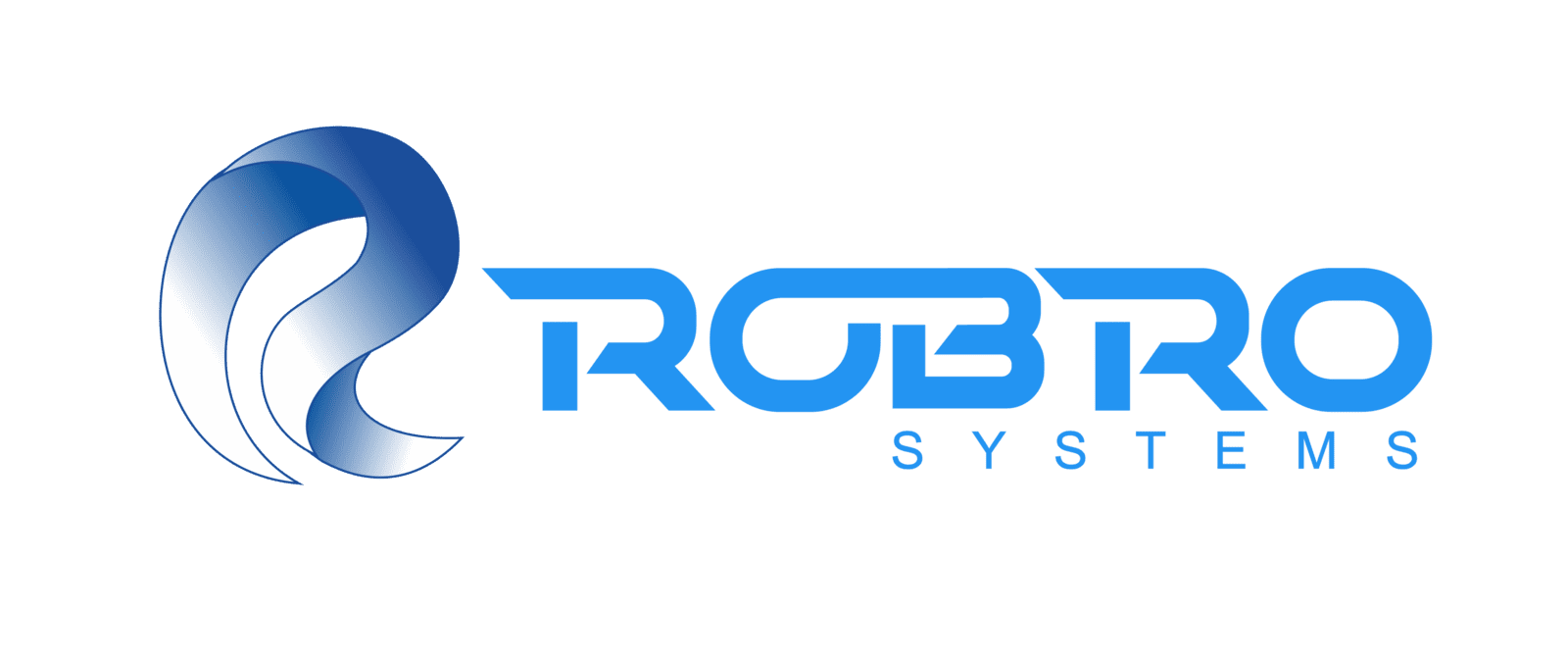
What is Energy-Efficient Lighting in Inspection Systems?
Key Features of Energy-Efficient Lighting
- High Lumens per Watt: These systems provide maximum brightness with minimal energy input, enhancing inspection visibility.
- Long Lifespan: Advanced lighting technologies last significantly longer than traditional systems, reducing replacement costs and maintenance.
- Customizable Illumination: Adjustable intensity and color temperature cater to the specific needs of various textile inspections.
- Reduced Heat Emission: Efficient lighting systems produce less heat, ensuring a stable inspection environment.
How Energy-Efficient Lighting Enhances Inspection Systems
The Role of Advanced Technologies in Energy-Efficient Lighting
Overcoming Challenges in Energy-Efficient Lighting for Inspection Systems
Benefits of Energy-Efficient Lighting in Inspection Systems
Real-World Applications of Energy-Efficient Lighting
Technical Innovations Driving Energy Efficiency in Lighting
Conclusion
Energy-efficient lighting is no longer an optional upgrade but a fundamental requirement for sustainable and efficient manufacturing inspection systems. These systems play a vital role in modern manufacturing practices by enhancing visibility, reducing energy consumption, and contributing to sustainability goals. Adopting advanced lighting technologies aligns with industry demands for precision, cost savings, and environmental responsibility.
At Robro Systems, we are committed to delivering cutting-edge inspection solutions tailored to the needs of technical textile manufacturers. Our systems integrate state-of-the-art energy-efficient lighting technologies, ensuring optimal performance and sustainability. Explore our innovative solutions today if you want to enhance your manufacturing operations while achieving your sustainability goals. Contact us to learn how our inspection systems can transform your production process.

